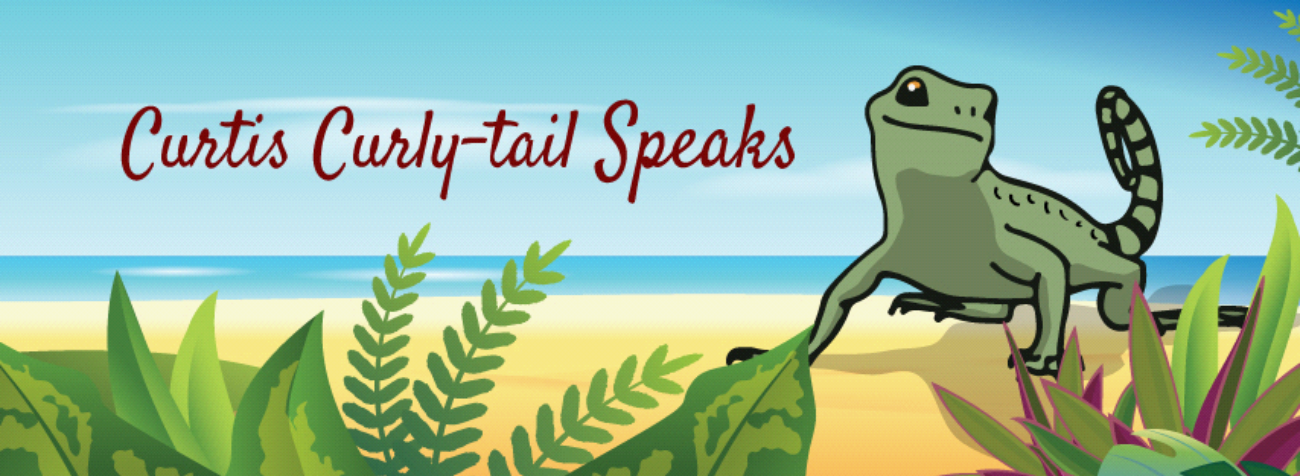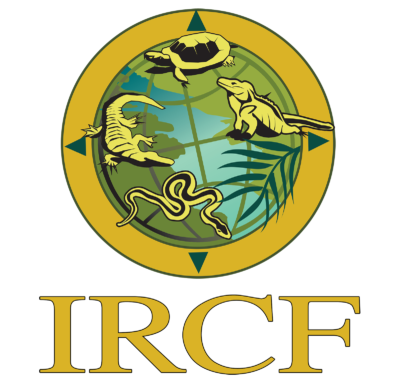What are These Redder Birds? by Elaine A. Powers, Author
Why are these sanderlings, Calidris alba, different colors? Are they all sanderlings or are they different species? Some of the birds are the usual light gray, but some are very rusty in color. I wondered if the redder birds might be ruddy turnstones, but they are actually breeding adult sanderlings. The lighter gray ones are non-breeding adults. The birds with the checkered backs are juveniles.
I am surprised to see breeding sanderlings, since they nest on stony tundra, far above the Arctic Circle. I was seeing them in southwest Florida along the Gulf Coast, where they were feeding on a mudflat. The light gray coloration matches the dried sand nicely. Sanderlings feed on a variety of beach-dwelling creatures and available tidbits, like food left behind by human beach visitors.
In the Arctic, these birds feed on flies and other insects, as well as some plant materials like seeds, leaves and algae.
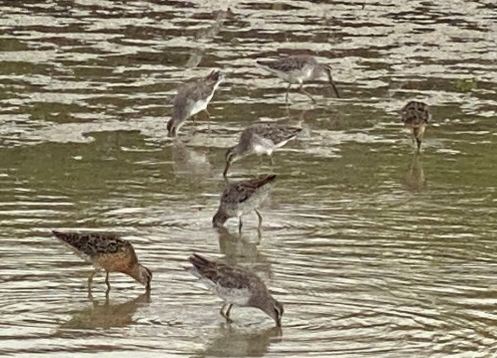
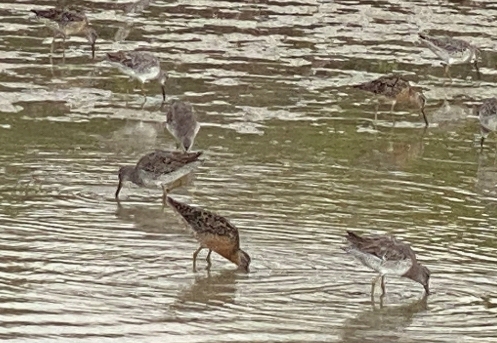 The numbers of sanderlings on the beach seemed less to me than in past years. Sadly, my impression is correct. Populations have declined 80% since 1970. It is hypothesized that destruction of required staging areas during migration may be a significant cause.
The numbers of sanderlings on the beach seemed less to me than in past years. Sadly, my impression is correct. Populations have declined 80% since 1970. It is hypothesized that destruction of required staging areas during migration may be a significant cause.
I don’t remember seeing reddish sanderlings before and wonder why breeding adults are down here instead of up in the Arctic on nests. I haven’t found an answer to that question, but I will update you, if I do.
Book Note: I love to watch birds and have written several books about birds. I hope you will check them out at the LPP Our Birds Books tab. One of them is Fly Back to the Brac, Brian Brown Booby. It is a fictionalized version of a young Brown Booby bird who became famous in Cayman Brac after he received help from human friends to learn how to fly and join his own kind.
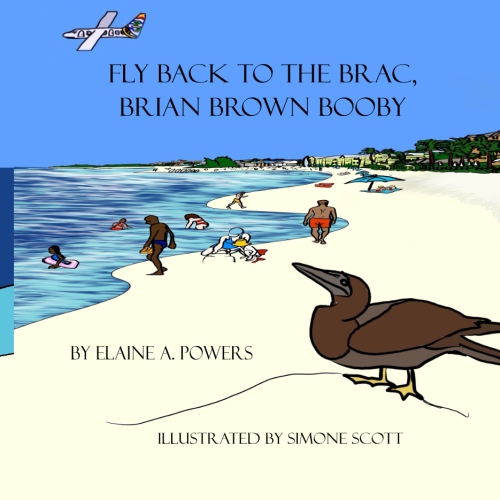
#elaineapowers
#lyricpower
#sanderlings
#breedingsanderlings
To learn about our latest science-based children’s books and workbooks, to read our latest blog posts about reptiles, birds, cats, and gardening, in a variety of locations, and about how the books come to be, what inspires an author to write, and many more interesting aspects of the publishing business, fill in the box below and we will add you to our email list.
Thank you!
